Browse our comprehensive product guides and documentation

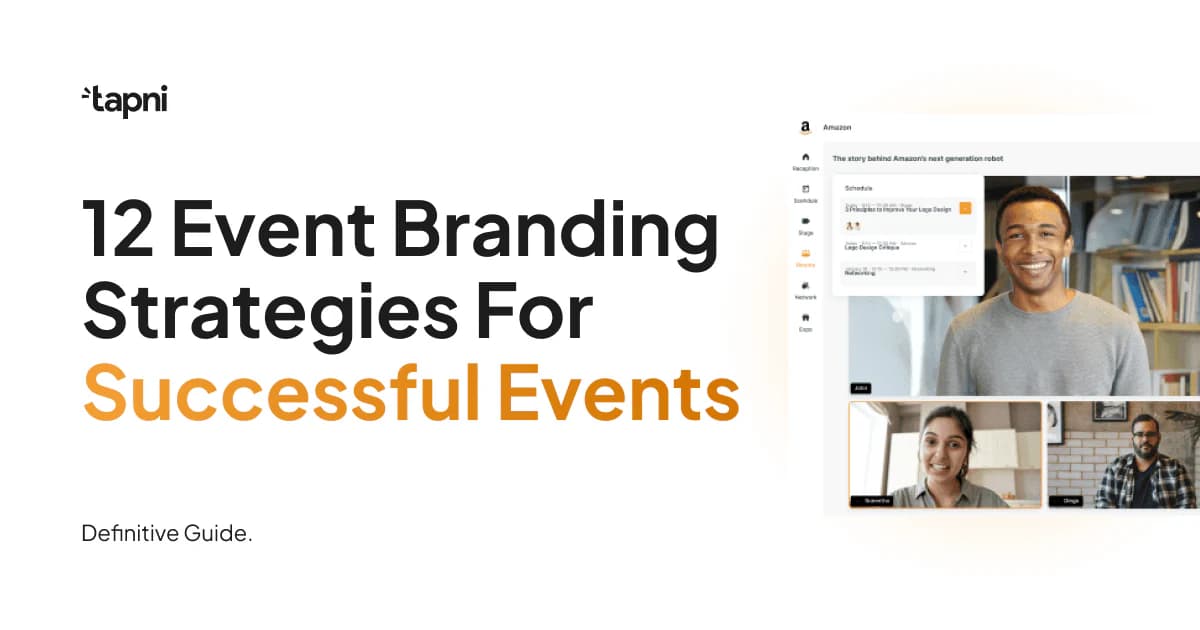
Regardless of what type of event you’re hosting, your event's success hinges on one crucial factor: its branding.
To make matters worse, the current highly competitive event landscape makes it essential to captivate and engage your target audience immediately.
And that, my friends, takes a lot of detailed planning and branding strategies.
So if you don’t know what event branding is and how to do it in such a way to make your event stand out, no worries.
Let us take you on a little walk through event branding strategies so next time you host an event, it will be a game-changer.
Event branding is the process of creating a unique and memorable identity for your event.
As such, it involves strategically positioning your event in the minds of attendees, sponsors, and partners alike in order to effectively communicate the event's purpose, values, and key messages.
However, event branding goes beyond just creating a logo or choosing colors - it encompasses all aspects of the event experience:
Event branding plays a crucial role in the success of any event. Besides creating a more memorable identity for your event, event branding provides multifold benefits.
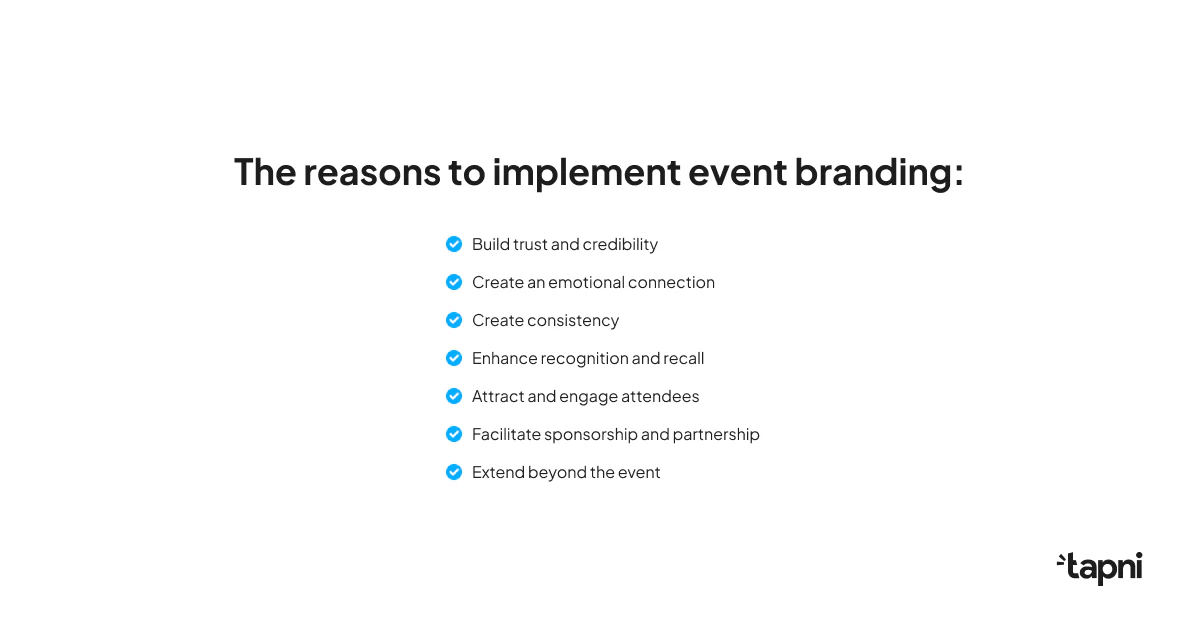
By consistently delivering on your brand promise, you establish yourself as an authority in the industry.
Thus, you encourage attendees to view your event as reliable, valuable, and worth investing their time and resources.
If done correctly, successful event branding creates an emotional connection with attendees.
Through thoughtful design elements such as visuals, messaging, and experiences, you can evoke positive emotions resonating with your target audience's values and aspirations.
Event branding ensures a consistent experience throughout the event.
From pre-event marketing materials to on-site signage and decorations, consistent branding elements create a cohesive and immersive experience, connecting attendees to the event's purpose and message.
A strong event brand increases recognition and recall among your target audience. When attendees see consistent branding elements, such as logos, colors, and visuals, they can easily associate them with your event.
Doing so will make it easier for them to remember and recall your event in the future.
Effective event branding helps attract attendees by creating a visually appealing and enticing experience.
When done correctly, it captures attention, generates interest, and creates anticipation, increasing the likelihood of attendance.
Additionally, a strong brand identity can create a sense of belonging and community, enhancing attendee engagement and loyalty.
Well-established event branding can attract sponsors and partners who align with your event's values and target audience.
A compelling brand identity makes it easier to communicate the benefits of sponsorship, as sponsors can see how their brand can integrate seamlessly into the event experience.
Event branding has the potential to extend beyond the event itself.
Therefore, a strong brand identity can pave the way for future events and become a recognizable and trusted brand in its own right, enabling organizers to build a community and establish a long-term presence.
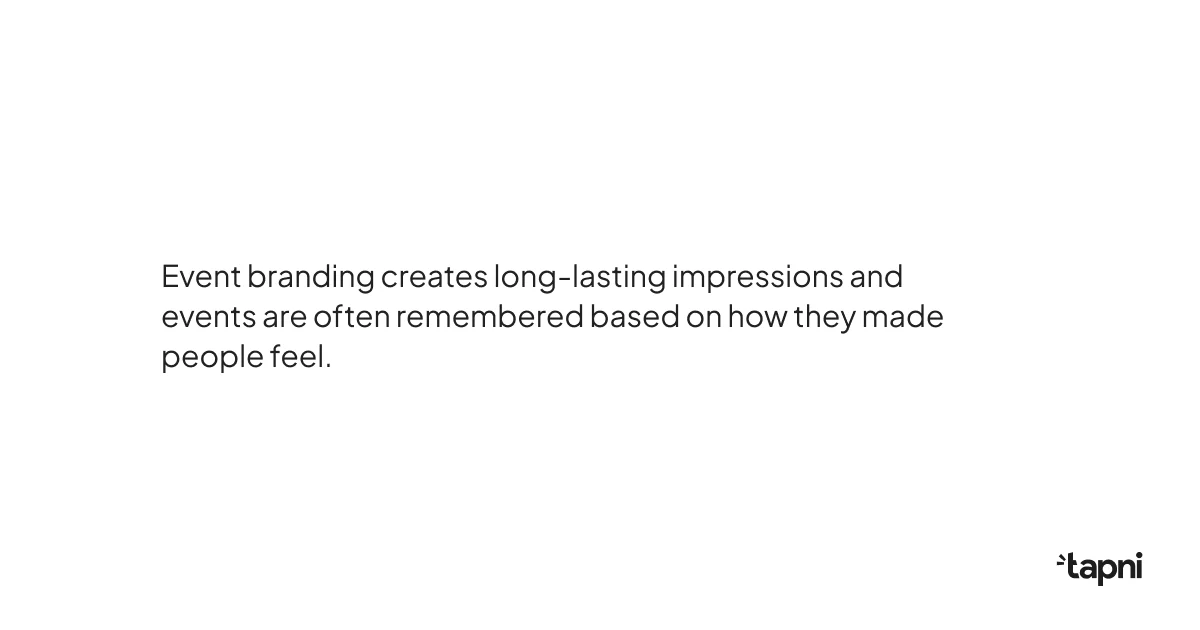
Overall, event branding is an essential component of successful event planning and marketing.
So let’s check the 12 event branding strategies you can apply to create a successful event.
Before you start any event planning, you need to clearly define your event's brand identity, including its values, personality, and unique selling propositions.
The above will serve as a foundation for all branding efforts.
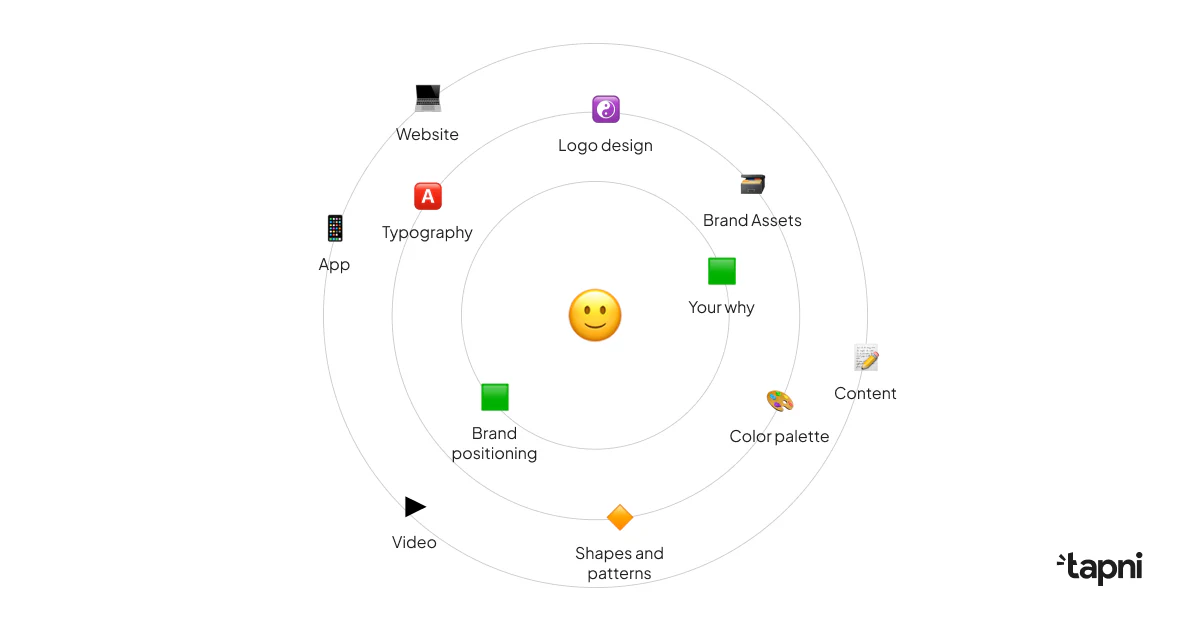
For example, think of brand identity as a person that represents your event. Is it serious, outgoing, funny, educational, etc.?
When you sort out that info, it will be much easier to think of the accompanying elements, such as colors and logos.
Furthermore, your company values, such as integrity, professionalism, creativity, etc., should showcase what matters to you and your business.
Gain a deep understanding of your target audience's preferences, interests, and motivations.
Tailor your event branding to resonate with their needs and aspirations. How to find out your target audience’s needs?
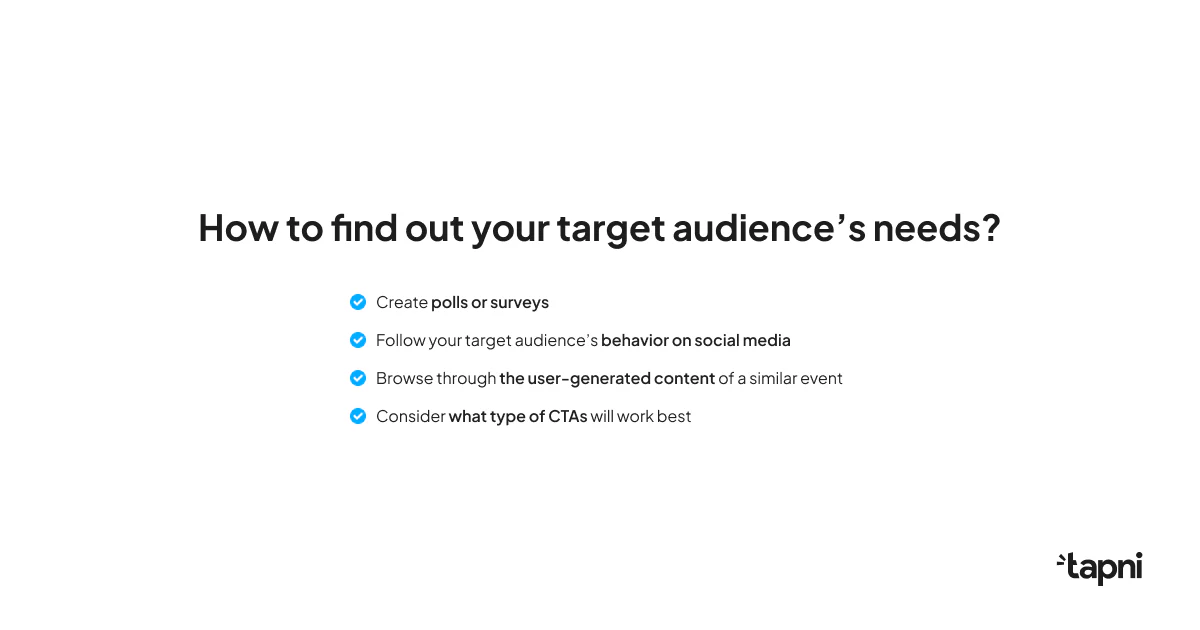
Create a memorable and descriptive event name that reflects its purpose and resonates with your target audience.
In addition, craft a catchy tagline that captures attention and communicates the essence of your event.

Don’t forget that a well-executed theme creates excitement and builds anticipation.
Create a visually appealing and unique logo that represents your event.
Also, make sure it aligns with your brand identity and can be easily recognized and associated with your event.
Use eye-catching graphics, including color schemes, typography, and graphic styles. Apply these elements consistently across all event materials, from invitations to signage and digital assets. Physical branding components are equally as important as digital ones, according to Adam Jackson, managing Director of Signs For You, a signage company that specializes in display boards, banner printing, and exterior signs for businesses: “What attendees see and feel at the event shapes their perception of your brand. Not only are your display boards, banners, and directional signs useful, but they also serve as brand ambassadors. Attendees are reminded that they are a part of something well-planned and unified when they see the same colors, typefaces, and design aesthetic on your signage as they did in their event emails.

Ensure that all communication channels deliver consistent messaging before, during, and after the event to reinforce key messages in attendees' minds.
Therefore, articulate the key messages, value propositions, and benefits attendees will gain by attending.
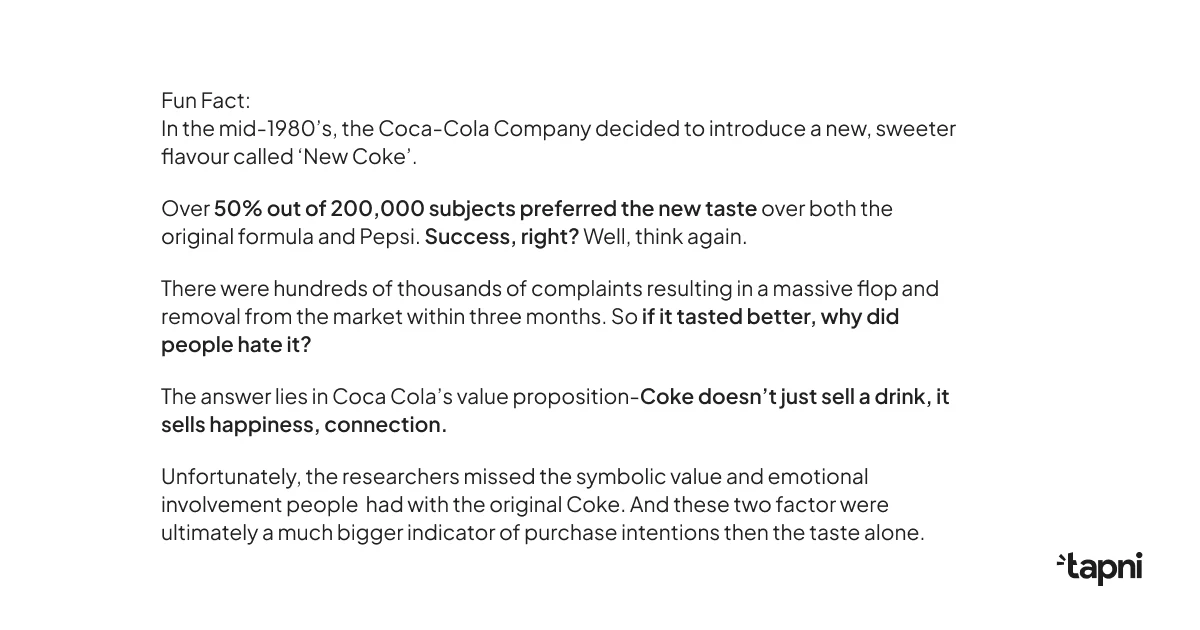
Use social media platforms strategically to generate buzz about the event through engaging content like teasers, behind-the-scenes footage, and interviews with speakers or performers.
Furthermore, create shareable content, use branded hashtags, and reach out to user-generated content creators who can help you enhance brand visibility and reach even further.

In addition, create an event landing page that will provide all the necessary info for the attendees - notes about speakers, interviews, general info, etc.
Note: If you use digital solutions like Tapni, you can also segment attendees according to their interests and preferences, making networking even more fruitful.
Incorporate interactive elements into the event experience, like photo booths or immersive installations that encourage attendees to engage actively rather than passively participate.
Capturing these moments can extend beyond the event by generating photo books that showcase attendee highlights, preserving memories and reinforcing their connection to your brand.
What’s more, consider how the venue decor, stage setup, lighting, and overall ambiance can reflect the brand personality and enhance the attendee experience.
Thus, tailor the event experience to align with your brand identity while keeping attendees engaged and motivated.

One of the main goals of any event is networking, so create spaces where participants can connect informally, such as (virtual) lounge areas or networking sessions.
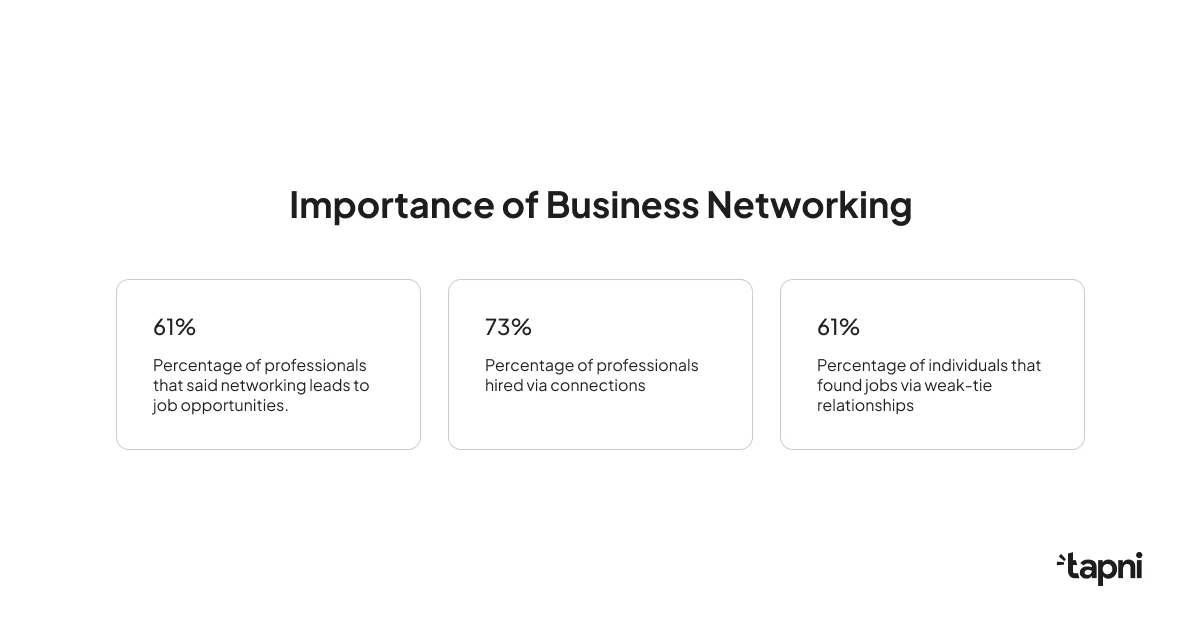
It will foster relationship-building among attendees which, in return, will enhance their overall satisfaction.
ProTip: How about using QR codes to help attendees mutually connect?
For example, they can set the QR code of their digital Tapni profile as the background, enabling other attendees to access all the relevant info immediately.
Offering branded merchandise like T-shirts or tote bags not only serves as great promotional material but also gives attendees something tangible they can take home. Think of it as a memento of their experience.
Therefore, make sure all event collateral, including brochures, banners, programs, and merchandise, reflect your event branding. You can use web-to-print software to create such branded merchandise.
Consistency in design and messaging will reinforce the brand identity and create a cohesive experience.
Note: Did you know that with Tapni, you can create fully-customizable digital accessories, such as stickers and keychains, and use them as giveaways at the event?

Assess the impact of your event branding strategies through attendee feedback, surveys, social media analytics, and other data.
By evaluating these metrics thoroughly, you'll gain valuable insights into whether your branding strategies achieved their desired objectives.
ProTip: Using digital solutions such as Tapni enables you to measure valuable metrics, event ROI, etc., so you’ll know how to refine your branding efforts for future events.
Event branding is a crucial aspect of planning and executing a successful event. By implementing the right strategies, you can create a unique and memorable brand experience for your attendees.
Each strategy plays an important role in building a strong event brand, from defining your brand identity to utilizing social media platforms effectively.
And in order to boost event branding strategy, digital solutions such as Tapni come in handy.
Tapni is an all-in-one digital solution enabling you to upgrade your digital networking game by providing fully-customizable digital business cards, as well as robust event tools.
So, with Tapni, you can:
💣 Create event giveaways
💣 Create a custom link and send your attendees to the digital event profile you wish them to see.

💣 Use thorough event metrics and analytics tools to gain valuable insights and measure ROI and similar data.
💣 Set your digital profile’s QR code as the background and share the relevant info.
💣 Automate lead generation and send your contacts directly to your CRM.
💣 Engage attendees more by enabling Q&A sessions, polls, etc.
💣 And so much more.
Interested in giving Tapni a try?
Download the Tapni app, and you'll be well-equipped to make an indelible mark with every event you organize.
There are 3 key principles you should consider:
Branding is important because it:
Events increase brand awareness by providing a tangible and immersive brand experience.
Through branding elements like signage, merchandise, and engaging activities, events create opportunities for attendees to directly interact with the brand and generate word-of-mouth promotion.
Additionally, events often attract media coverage and social media buzz, amplifying brand reach and exposure to a wider audience.
10 Best Event Networking Apps To Use in 2023